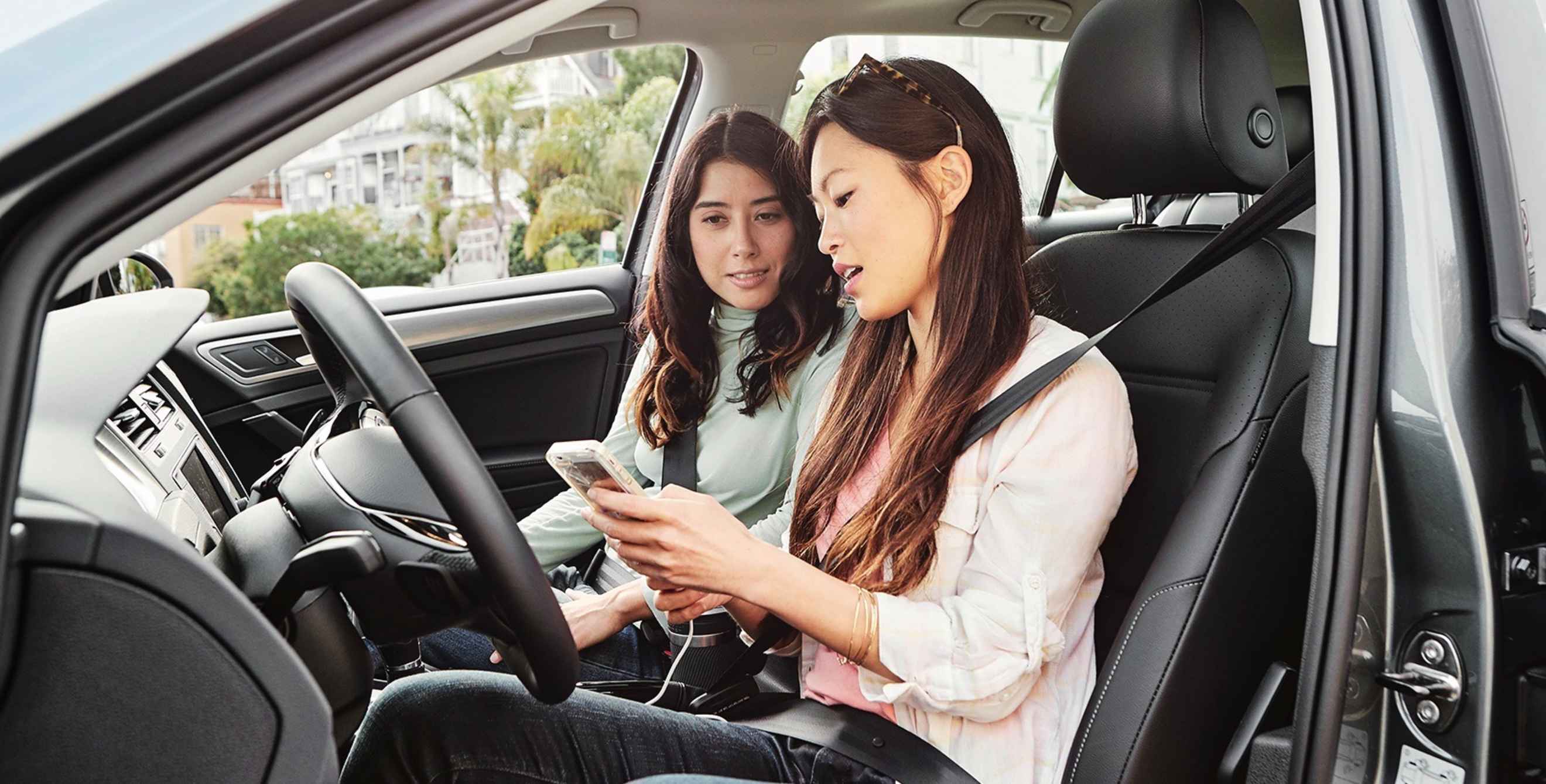
Tips to Avoid Driving Distractions
Put down the electronics (and the food) when you get behind the wheel.

Despite years of education efforts, the numbers are still shocking: According to the latest AAA Traffic Safety Culture Index, nearly 40 percent of drivers said they’ve talked on a handheld cell phone or read an email or text while driving at least once in the past 30 days. More than a quarter of drivers said they typed a text. The problem gets even worse in today’s smarter cars.
It’s not as though people don’t know it’s wrong: Almost all drivers (93 percent) say they believe reading or sending emails or texts while driving is very dangerous or extremely dangerous; about 76 percent say the same about talking on a handheld phone.
Most drivers support laws against distracted driving. Almost 80 percent support laws against holding and talking on a cell phone.
“There is a disconnect between what drivers do and what they believe,” says Marie Dodds, public affairs director for AAA Oregon. “Most of them recognize the dangers created by taking their eyes off the road, yet they engage in distracting behaviors anyway.”
Electronic distractions aren’t the only hazards. Children, pets, and navigation or entertainment systems—all of them can force you to break the concentration you need to drive safely.
So what is to be done? The solution starts with you.
Put distractions out of reach.
Put down electronic devices when you get behind the wheel. Never use text messaging, email, video games, or other apps—even those built into the vehicle—while driving.
Plan ahead to avoid multitasking.
Too many people wait until they get behind the wheel to apply makeup, shave, or eat a meal, notes AAA automotive safety expert William Van Tassel. (Messy foods, in particular, can be difficult to manage.) You’ll be safer on the road if you do these things at home or once you reach your destination, he says.
Prep your ride.
Set your GPS, seat, mirrors, climate controls, and sound system before you start to drive.
Check young passengers and pets.
Properly secure children and pets and store loose possessions and other items that could roll around in the car. If kids need attention during the drive, be sure to pull over to the side of the road.
Remember that hands free isn’t risk free.
Another AAA driving study found that composing a text message with a voice-activated device is even more distracting than talking on a handheld phone. Trying to find your way with a voice-based navigation system can be an even worse hazard. Pulling over to look at a map—whether paper or electronic—is still the safest way to check your bearings.
Get defensive.
In this age of distraction, Van Tassel recommends watching for warning signs that the drivers around you aren’t paying attention. His advice: If a driver drifts within the lane, changes speed willy-nilly, or has a phone stuck to his or her ear, give that car plenty of space and don’t try to pass.
Additional reporting by Rob Bhatt.
Figure out how much auto insurance you really need by speaking with an expert at AAA.